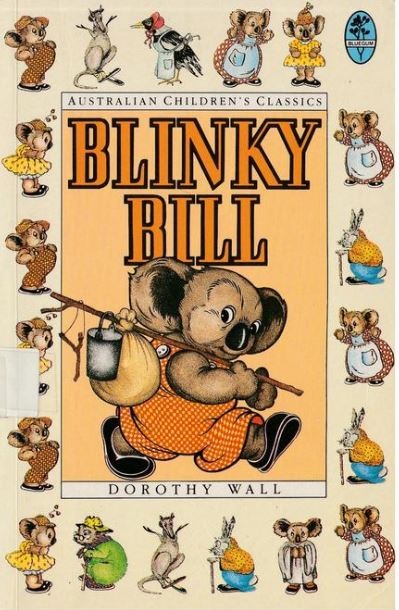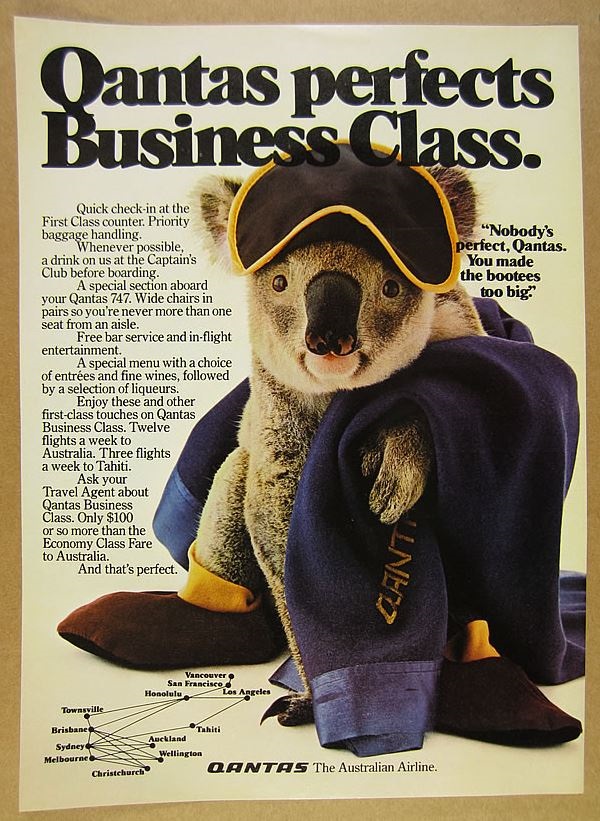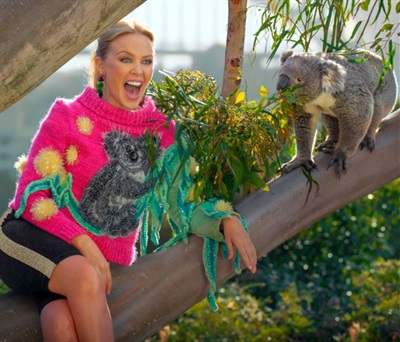The Koala - an Australian icon
Koalas are well known as one of the most iconic symbols of Australia.
Their fluffy grey fur and general relaxed lifestyle are known in every corner of the world and to us, nothing is more Australian than seeing a koala perched in a tree chewing on some gum leaves.
Koalas and tourism
Each and every year millions of tourists travel vast distances from across the globe to see koalas in their natural habitat. It is reported that 75 per cent of tourists travelling to Australia report that they hope to see a koala whilst visiting Australia.
Koalas have been exhibited at Melbourne Zoo since 1861 and at Taronga Zoo, Sydney since 1914, two of the nation’s largest and well known attractions.
During the 1930s, koala tourism was booming with three new koala-themed wildlife parks opening across the country. The Koala Park in Pennant Hills, Sydney, The Lone Pine Koala Park on the Brisbane River and the Adelaide Snake Park and Koala Farm opened for business welcoming thousands of tourists and locals each day.
Publications
The 1930s also saw a huge push for koala publications such as Zoologist, Ellis Troughton’s book, Furred Animals of Australia (1931) and natural historian, Charles Barrett, with, Koala: The Story of the Native Bear (1937). The most famous by far was Dorothy Wall’s Blinky Bill which was later produced into TV series that captured the hearts of many families across Australia and formed part of every Australian child’s upbringing.

In 1934 on the back of the boom in koala tourism, the Sydney Morning Herald named the koala “Australia’s national pet”.
Perhaps most famously, the koala was the star of a worldwide Qantas advertising campaign from 1967 to 1992 which featured a koala holding a fishing rod and promoted koalas alongside the later Great Barrier Reef.

The Australian Koala Foundation has reported that koalas and koala tourism provided a $3.2 billion dollar a year benefit to the Australian economy and that the industry directly or indirectly employed more than 30,000 Australians.
Fast forward to 2020, Australia now has 68 zoos and wildlife parks exhibiting just shy of 900 koalas. A photograph with a koala is a must-have souvenir for many international tourists (Kylie Minogue).

Of course, koalas were a well-respected and iconic part of Aboriginal history for tens of thousands of years. However, it was 150 years after European settlement that they were recognised as an important part of the Australian habitat by the new (Australians).